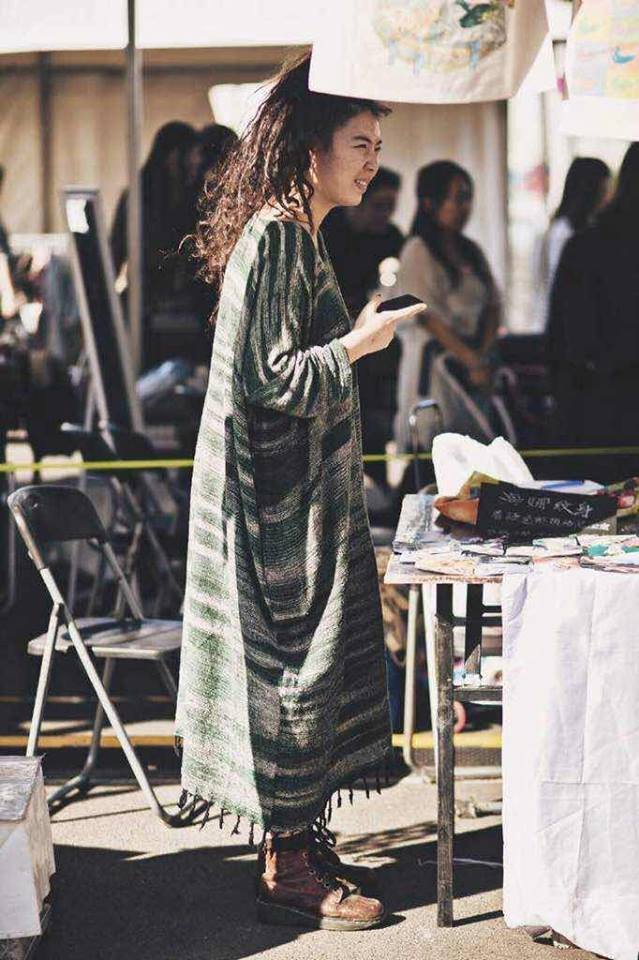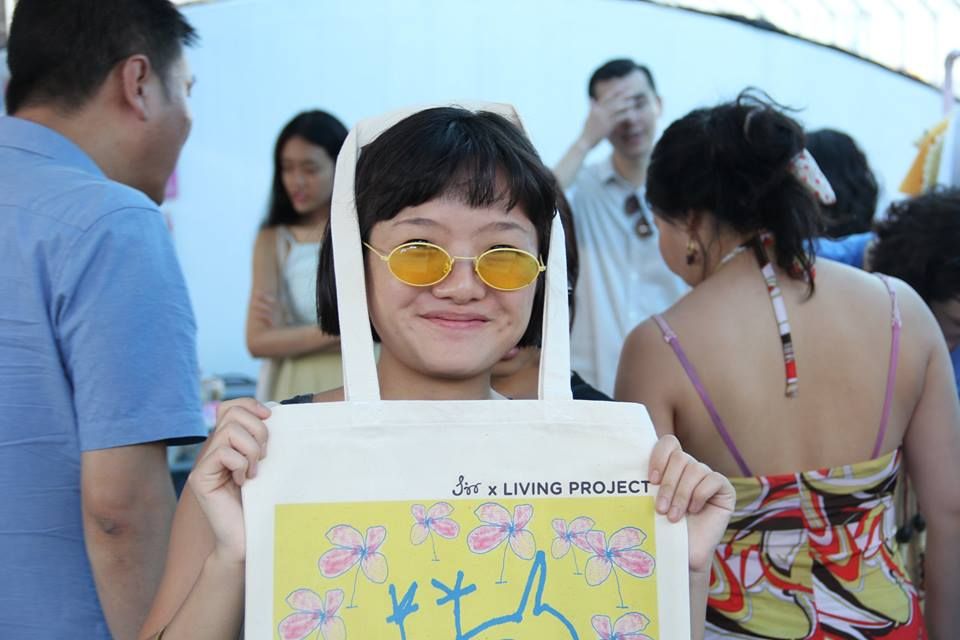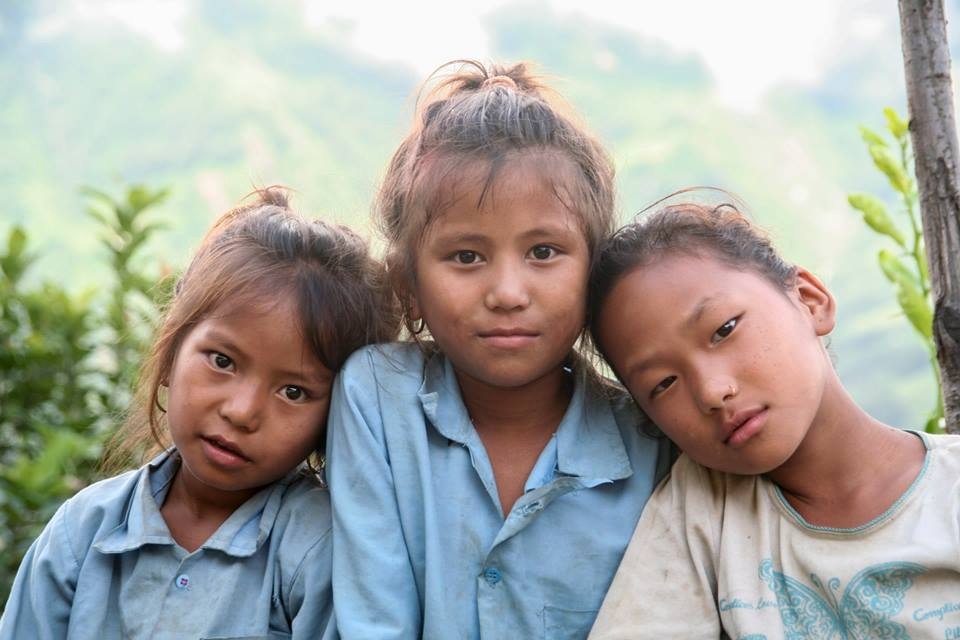The Living Project Nepal: A Local Success Story Serves as a Model for Making a Difference
At 11:56 am on April 25 of this year, the 7.8-magnitude Gorkha earthquake struck Nepal, killing 9,000 people and injuring 23,000 more. It was a devastating day for this place known for its ancient culture and majestic Himalayan backdrop that has attracted spiritual and outdoor adventurers since it first opened to the outside world in the 1950s.
With little infrastructure in place to deal with a disaster of this size, the Nepalese weren’t prepared for the kind of devastation caused by such an unpredictable and deadly eventt. It became quickly apparent that both the people of Nepal and friends from around the world to provide the financial support necessary to rebuild this beautiful place before it sank ever further into despair. This is what was going through the minds of Valeria Chan and Joanna Baxter as they decided to get involved in resurrecting this beautiful country from the other side of the continent.

Since they initiated The Living Project, the two friends How a local succ ess story can serve as a model for anyone wanting to make a difference. have successfully raised awareness of the plight of the Nepalese people and amassed over RMB 40,000 in funds through their various sponsored events throughout Beijing. People seem to be responding to the sense of community growing from this project and the potential for it to grow with its open source model, which seems to be causing it to take on a life of its own. “This is not only about raising money. This is also about celebrating humanity. We are not making a huge difference with what we are raising. Maybe we can only build and fund one school, but what we are creating is positive thinking and awareness. Most of the people who decide to work with us are coming back because they feel fulfilled about what we are doing with this project, and people are becoming friends,” Valeria says in regards to her and Joanna’s motives towards starting this initiative.
The Living Project initially generated funds to help the people of Nepal through tutorials on soap-making that Joanna had been participating in leading up to the disaster. Joanna thought it would be great to use these classes to raise some much needed funds. This ended up being more successful than she and Valeria had anticipated, and led to more and more people offering their services through other events, like meditation groups, yoga classes, dance tutorials, and film screenings. They decided to call this homegrown initiative The Living Project because from these early stages it grew naturally into a community of people willing to donate not only money but also time and other resources to the plight of Nepal.
After some difficulty finding the right organization that was ideologically aligned with the type of community-based aid of the Living Project, Valeria realized it was essential to go to Nepal and find out for herself who was not only rebuilding and providing shelter for people in need but also laying down a solid foundation for the future. Here she documented her encounters with the people directly involved in physically and mentally raising the Nepalese people up from the ruins of this natural disaster. Unfortunately, she discovered that the government and many of the NGOs she encountered weren’t providing aid in a timely manner to those in need but rather distributing the funds after a lengthy process of delegation.

Through her visit, she discovered The Nepal Survivors Fund. This group consisting partially of out of work tour guides turned aid workers from Alobar1000, a famous hostel in Kathmandu, were using their limited resources to hike into villages accessible only by foot to directly provide food, medicine, while also rebuilding homes and schools in these remote areas. Valeria fell in love with this small community of aid workers delivering shelters and educating children in these remote villages.
After two weeks of getting involved in the rebuilding process, Valeria returned to Beijing invigorated by the beautiful people she had experienced. There was hours of video footage to be edited and used to show people what exactly their contributions would be used to accomplish. Following recent screenings of this documentary titled “Olang The Village of Hope,” things began moving faster than ever and now you can find The Living Project all over the city, promoting the cause by selling a variety of items including Nepalese crafts, tote bags featuring drawings from village children, and encouraging people to visit this beautiful country (tourism accounts for 8 percent of Nepal’s Gross Domestic Product).

“The only thing we can say is do it. Everything is about action. It’s not about thinking about what you are doing because at the beginning when people start to do something, they don’t always realize what they do. They just have this feeling that they are creating something good, and this is what we did,” Valeria said when asked what sort of advice they would give anyone wanting to start a community based charitable organization. Joanna added “Even now actually, this feels like a relatively small thing but many people know about it now and are getting involved and spreading the word without our involvement.”
For more information about The Living Project, contact Valeria, or donate directly to the Nepal Survivors Fund through their GoFundMe page.
Photos courtesy of The Living Project

